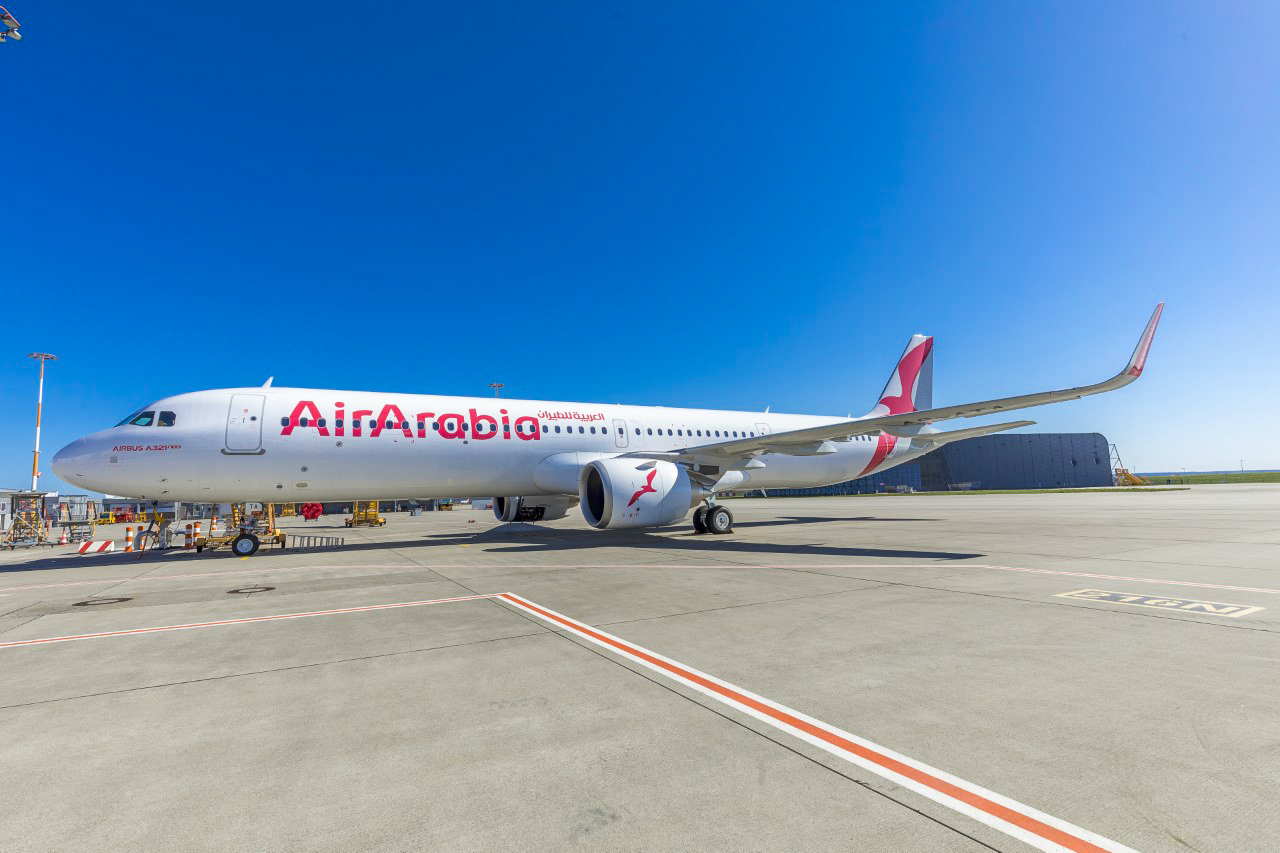
The privately-owned low-cost carrier Air Arabia posted record third-quarter profits on Sunday – up 57 per cent on the same period last year. The airline said it made a net profit of AED 471 million for the three months ending September 30th and has so far made an overall net profit of AED 809 million for the first nine months of the year.
Air Arabia attributed the record performance on “solid growth in passenger demand” with passenger numbers rising by 10 per cent in the quarter to 3.4 million and average load factor (the percentage of the total available seats that were filled) sitting at an “impressive” 82 per cent.

The Sharjah-based airline’s chairman, Sheikh Abdullah Bin Mohamed Al Thani said the profit-making airline (a rarity for Persian Guld airlines) had proved “the strength of the business model we operate and the added value we bring to our customers every day”.
The airline said the airline would continue focusing on “cost control measures”, and “operational efficiency” amidst “unsettling geopolitical escalations and pressing economic challenges”. Despite that note of caution, however, Sheikh Abdullah explained that the airline would “cautiously continue with its growth plans”.
As an all-Airbus aircraft operator, Air Arabia hasn’t suffered the same headwinds as the likes of flydubai who have been forced to put expansion on hold while the Boeing 737MAX remains indefinitely grounded. Air Arabia now operates a fleet of 55 Airbus A320-family planes, including two A321LR’s that were delivered brand new to the carrier earlier this year.
That’s helped Air Arabia open up 12-new routes to increasingly further afield destinations such as Vienna, Kulala Lumpur and Lisbon from its four hubs in Sharjah, UAE, as well as Morocco and Egypt.

That kind of performance is something that the likes of Etihad Airways, a couple of hours down the road in Abu Dhabi, can only dream of. Pursuing a luxury strategy with rapid global expansion plunged the UAE’s national carrier to a USD $1.95 billion loss in 2016 and had forced a massive rethink to secure its very future.
Losses now sit at $1.28 billion, as Etihad adopts a similar strategy to Air Arabia on the vast majority of its short-haul routes – ripping out seatback entertainment on its single-aisle Airbus fleet and replacing it with a streaming service puts Etihad on a par with low-cost competition.
No wonder, Etihad and Air Arabia recently announced a new joint venture to create Abu Dhabi’s first low-cost airline – appropriately named Air Arabia Abu Dhabi. The idea it appears is to draw upon Air Arabia’s low-cost base, efficiency savings and lean management to drive profit on some of Etihad’s financially underperforming routes.

While the two airlines haven’t announced the exact details of the business plan (or even when the new airline will actually launch) Air Arabia was forced to deny a rumour first published by Bloomberg that claimed the new carrier would take over Etihad’s low-yield routes to India – and in doing so, also take over 100 slot pairs from now-defunct Jet Airways as part of a sweetener for the deal.
The airline said it was “disappointed that distorted statements” had been made about the strategy of Air Arabia Abu Dhabi and referred to the Bloomberg report as “false”. Nonetheless, despite the Gulf’s reputation for over the top luxury, Air Arabia is clearly proving that low-cost air travel is as popular in the Middle East as the rest of the world.
Related
Mateusz Maszczynski honed his skills as an international flight attendant at the most prominent airline in the Middle East and has been flying ever since... most recently for a well known European airline. Matt is passionate about the aviation industry and has become an expert in passenger experience and human-centric stories. Always keeping an ear close to the ground, Matt's industry insights, analysis and news coverage is frequently relied upon by some of the biggest names in journalism.







